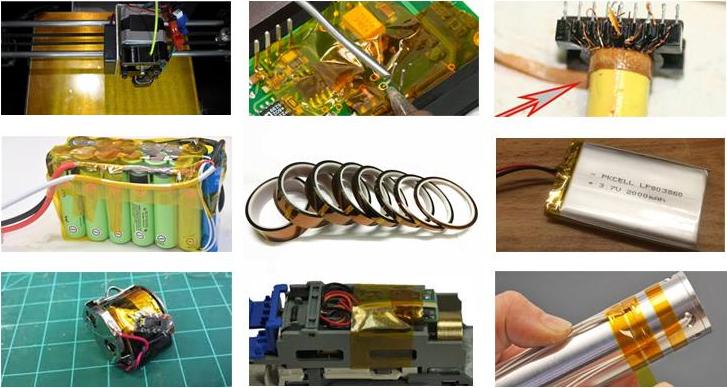Kapton printed circuits serve many fields. The flexibility of Kapton circuit boards is an essential requirement for many electronic devices. Here are the advantages of using Kapton printed circuit boards:
- Kapton printed circuit boards are designed in such a way that they are able to accommodate higher and lower-density mountain designs and can be made more flexible.
- Kapton helps to minimize the assembly process and increases reliability through it. Miniaturization and signal flow in electronic devices can only be improved with Kapton printed circuit boards.
- The circuit substrate has a thick polyimide film including copper foil. Additional mechanical stability and strength can be enhanced by reinforcing the substrate of the circuit. In this way, the strength of the circuit is also increased.
- Flexibility, as the name suggests, the Kapton circuit is flexible, so it can also bend, move and twist in effect. And the electrical conductivity is not destroyed by this flexibility, and this flexibility provides Kapton circuits with excellent electrical properties. Due to the low dielectric constant, electrical signals flow well. When heated, the components can be cooled immediately due to their good thermal properties. In addition, due to the high glass transition, the components work well in extreme temperature ranges.
Another major advantage of using Kapton printed circuit boards is that you can reduce the size of the board required for many applications. Many electronic devices such as laptops, computers, military equipment, aerospace, PDAs, peripherals, digital devices, mobile communications, and many others require smaller sizes and lighter weight.
